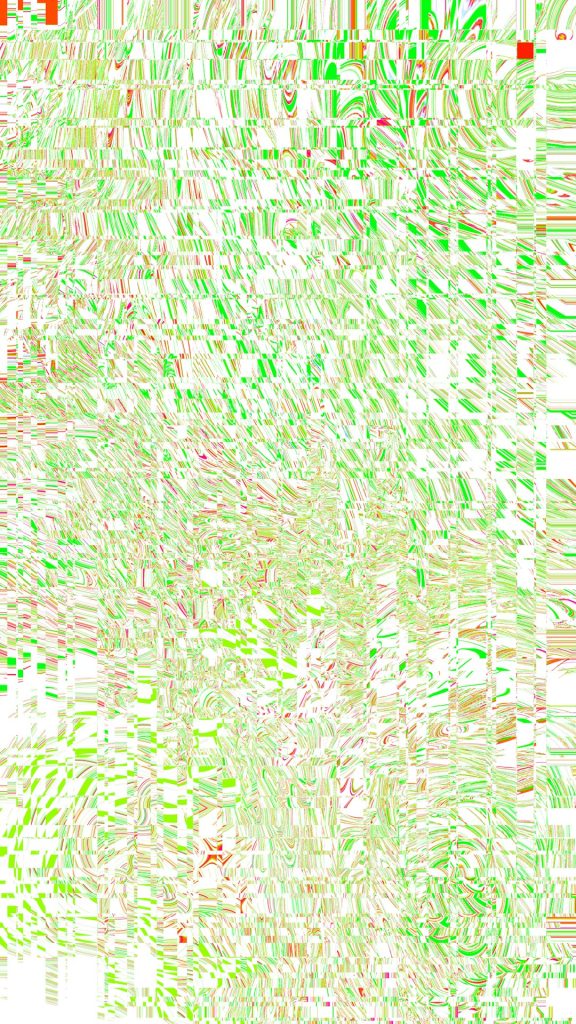Football analytics has taken the sports world by storm in recent years, transforming how clubs, coaches, and fans understand the game. The strategic use of data can uncover patterns, reveal underappreciated players, and optimize team performance. For those eager to dive into this exciting field, learning how to use Python and R is essential. What’s more, comprehensive PDF guides make the process significantly easier, offering structured learning paths that cater to both beginners and advanced learners.
Why Learn Football Analytics?
Football, also known as soccer in some regions, is a sport rich in data. Every touch, pass, goal, and interception offers valuable insight. By analyzing this data, enthusiasts and professionals can:
- Evaluate player performance objectively
- Identify tactical trends
- Scout players based on metrics, not just reputation
- Develop predictive models for match outcomes
- Enhance fan engagement through insightful visualizations
As clubs increasingly adopt data-driven strategies, there’s a growing demand for individuals skilled in both football knowledge and analytics. Python and R offer powerful tools for data manipulation, statistical analysis, and data visualization.
The Power of PDF Guides
While online courses and videos are popular, comprehensive PDF guides provide several unique benefits:
- Structured learning: Step-by-step tutorials allow learners to proceed at their own pace.
- Offline access: Learn anytime, anywhere, without needing an internet connection.
- Reference material: Easily revisit key concepts as you build your analytics portfolio.
PDF guides often include sample datasets, coding exercises, and real-world case studies, making them a valuable resource for self-learners and classroom settings alike.
Getting Started with Python for Football Analytics
Python is a beginner-friendly and versatile programming language, with countless libraries that make data handling and analysis efficient. Here are the basics covered in most football analytics PDF guides:
- Installing Python and Jupyter Notebooks: Beginners will learn how to set up their coding environment using tools like Anaconda or PyCharm.
- Data collection: Methods to scrape data from football databases such as FBref, WhoScored, or Understat using libraries like BeautifulSoup or Requests.
- Data cleaning and manipulation: Making raw data usable using Pandas for tabular data manipulation.
- Data visualization: Creating heatmaps, pass networks, and shot maps using Matplotlib, Seaborn, and Plotly.
- Statistical modeling: Exploring xG (expected goals), player efficiency ratings, and more with Scikit-learn.

Learning Football Analytics with R
R is favored in academia and statistical modeling and is an excellent tool for football data enthusiasts focused on statistical rigor and professional-grade visualizations. Key components taught in comprehensive PDF guides include:
- Installing R and RStudio: Guides begin with downloadable instructions to set up your statistical environment.
- Data import and integration: Techniques to work with CSV files, APIs, and datasets from public football databases.
- Data wrangling: Using dplyr, tidyr, and lubridate to clean and manipulate football data based on events and timestamps.
- Visualizing performance: Developing graphics with ggplot2 to compare players, teams, and match stats.
- Advanced analytics: Building machine learning models with caret or xgboost to predict outcomes or analyze strategies.

Types of PDF Guides Available
There is no one-size-fits-all guide to football analytics. Fortunately, the market offers a range of PDFs designed for different skill levels and analytical goals. Here are some popular options:
- Beginner’s Guide to Football Analytics with Python: Perfect for those entering the data science world, focusing on language basics and simple visualizations.
- Intermediate Playmaker Toolkit: Includes matchflow breakdown, formation analytics, and performance indicators using real match data.
- Advanced Statistical Modeling in R for Football: Aimed at statisticians and data scientists wanting to apply advanced regression and classification models to football data.
- Visualization Manuals: Provide blueprints to recreate high-level visualizations seen in sports media and on platforms like Twitter and Tableau Public.
How to Choose the Right Guide
Choosing the best PDF guide depends on your current skills and goals. Consider the following:
- Your programming background: Python is ideal for those new to coding; R might suit those with statistics or academic backgrounds.
- Your learning style: Do you prefer learning through exercises or reading through theory first?
- Your objective: Whether you’re targeting a job in sports analytics, enhancing your data science skills, or applying football theories in practice, choose a guide that aligns with those outcomes.
Building Portfolio Projects
Learning alone is not enough. To get noticed in the football analytics community or land a job in the industry, practical projects are key. Most high-quality PDFs also suggest or include project ideas that learners can build, such as:
- xG model creation: Predicting goal probability based on shot location, angle, and other factors.
- Player comparison dashboards: Using radar charts and comparisons to assess playing styles and effectiveness.
- Opponent scouting reports: Automate the generation of reports based on historical and live data.

Sharing these projects on GitHub or in online portfolios demonstrates your capabilities and helps you network within the analytics community.
Final Thoughts
Football analytics is a captivating intersection of sports, data science, and storytelling. Whether you’re a coach, fan, scout, or aspiring data analyst, learning analytics with Python and R opens up a world of possibilities. With the help of comprehensive PDF guides, you get a guided path toward mastering this art form while developing applicable, real-world skills.
Frequently Asked Questions (FAQ)
-
Q: Is it better to use Python or R for football analytics?
A: Both have their strengths. Python is widely used in commercial settings and is great for beginners. R is powerful for statistical analysis and is preferred for in-depth research. Choose based on your background and goals. -
Q: Do I need to be good at football to learn football analytics?
A: While a basic understanding helps, it’s not essential. As you work with data, you’ll naturally learn more about the game’s intricacies. -
Q: Where can I find datasets for practice?
A: Sites like FBref, Understat, Kaggle, and StatsBomb offer public football datasets. Most PDF guides also include datasets or explain how to collect them. -
Q: Can I get a job in football analytics without a degree?
A: Yes, several professionals have entered the field based on project work, networking, and showcasing skills developed through self-learning and portfolios. -
Q: How long does it take to become proficient?
A: Depending on your prior experience, becoming proficient can take anywhere from a few months to a year of focused learning and project development.
